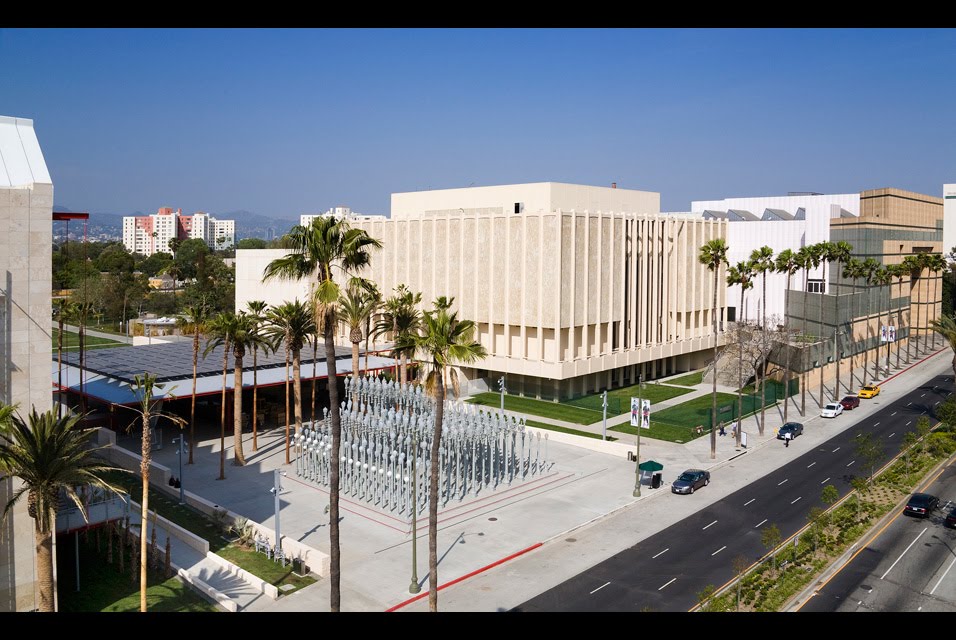
The Chiaroscuro Woodcut in Renaissance Italy
Jun 3 2018 - Sep 16 2018
Los Angeles County Museum of Art (LACMA)
Los Angeles, CA
Displaying exquisite designs, technical virtuosity, and sumptuous color, chiaroscuro woodcuts are among the most striking prints of the Renaissance. First introduced in Italy around 1516, the chiaroscuro woodcut, which involves printing an image from two or more woodblocks inked in different hues, was one of the most successful early forays into color printing in Europe. Taking its name from the Italian for “light” (chiaro) and “shade” (scuro), the technique creates the illusion of depth through tonal contrasts.
Over the course of the century, the chiaroscuro woodcut underwent sophisticated technical advancements in the hands of talented printmakers such as Ugo da Carpi, Antonio da Trento, Niccolò Vicentino, Nicolò Boldrini, and Andrea Andreani, and engaged some of the most celebrated painters of the time, including Titian, Raphael, and Parmigianino. The medium evolved in format, scale, and subject, testifying to the vital interest of artists and collectors in the range of aesthetic possibilities it offered.
For this first major presentation of the subject in the United States, some 100 rare chiaroscuro woodcuts will be brought together alongside related drawings, engravings, and sculpture. With its accompanying scholarly catalogue, The Chiaroscuro Woodcut in Renaissance Italy explores the materials and means of its production, offering a fresh perspective on the remarkable art of the chiaroscuro woodcut.
The exhibition is organized by LACMA in association with the National Gallery of Art, Washington.
Credit: Exhibition overview from museum website
Image: Ugo da Carpi after Francesco Parmigianino, Diogenes, c. 1527, Los Angeles County Museum of Art, gift of Philippa Calnan in memory of her mother Matilda Loeser Calnan, photo © Museum Associates/LACMA
Bring the exhibition home. The groundbreaking and generously illustrated exhibition catalog, Chiaroscuro Woodcuts in Renaissance Italy, features more than 100 prints and related drawings. The book incorporates pioneering art historical research and scientific analysis to present a comprehensive study of the subject. Essays trace its creative origins and evolution, describing both materials and means of production. Brimming with full-color illustrations of rare and beautiful works, this book offers a fresh interpretation of these remarkable prints, which exemplify the rich imagery of the Italian Renaissance.
Chiaroscuro woodcuts are among the most immediately appealing of all historic prints, displaying exquisite invention, refined draftsmanship, technical virtuosity, and sumptuous color. Printing two or more woodblocks inked in different tones to create an image, the chiaroscuro woodcut was the earliest, most successful foray into color printing in Europe. Following its invention in Germany, the technique was first adopted around 1516 in Italy where it flourished through the sixteenth century. This novel art form engaged the interests of the most celebrated artists of the Renaissance.
Select Chiaroscuro Woodcuts in Renaissance Italy to learn more or to add this publication to your Amazon shopping cart.
Exhibition Venues & Dates
Jun 3 2018 - Sep 16 2018
Los Angeles County Museum of Art (LACMA)
Los Angeles, CA

